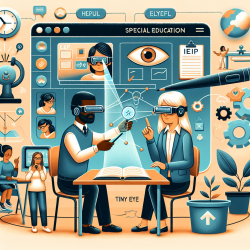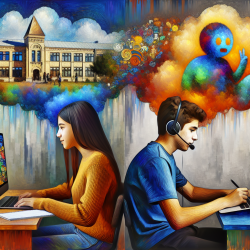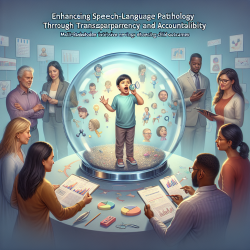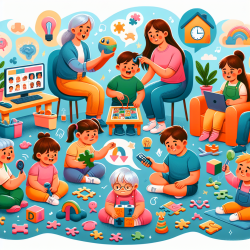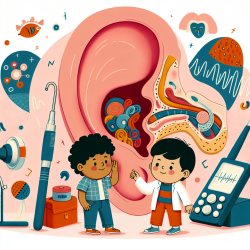As a Special Education Director, ensuring that Individualized Education Programs (IEPs) meet the unique needs of each student is a critical part of our role. IEPs are designed to provide tailored educational plans that support the academic and personal growth of students with disabilities. However, crafting an effective IEP requires careful consideration of several key factors. Let's explore these special considerations to ensure every student's needs are met.
Special Factors to Consider in Student IEPs
- Language Needs: For students with limited English proficiency, it's essential to address their language needs within the IEP. This may involve providing bilingual education or English as a Second Language (ESL) services to ensure they can access the curriculum effectively.
- Instruction in Braille: Students who are blind or visually impaired may require instruction in Braille. This ensures they can access educational materials and participate fully in classroom activities.
- Communication Needs: For students who are deaf or hearing impaired, determining their communication needs is crucial. This might include providing sign language interpreters, assistive listening devices, or other communication supports.
- Assistive Technology: Assessing whether a student requires assistive technology is another important consideration. This could involve tools like speech-to-text software, communication devices, or other technologies that support the student's learning and communication needs.
Each of these factors plays a significant role in creating an effective and comprehensive IEP. By addressing these special considerations, we can ensure that students receive the support they need to thrive academically and personally.
For more information, please follow this link.
